Home>Gardening & Outdoor>Landscaping Ideas>What Is The Most Common Type Of Yard Grass
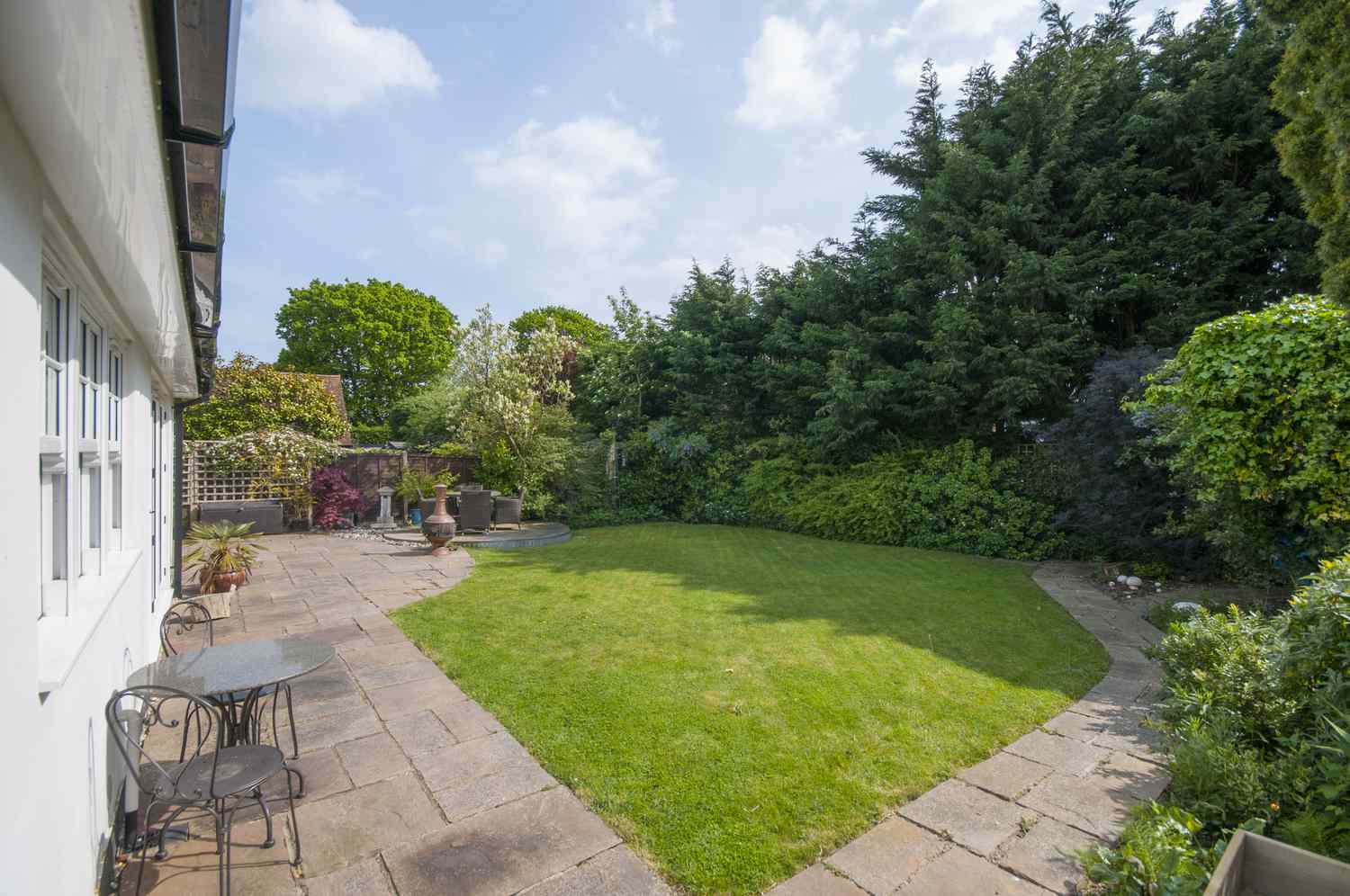

Landscaping Ideas
What Is The Most Common Type Of Yard Grass
Modified: February 18, 2024
Discover the most common type of yard grass for your landscaping ideas. Learn about the best options for a lush, beautiful lawn.
(Many of the links in this article redirect to a specific reviewed product. Your purchase of these products through affiliate links helps to generate commission for Storables.com, at no extra cost. Learn more)
Introduction
Welcome to the wonderful world of yard grass! Whether you’re an avid gardener, a landscaping enthusiast, or simply someone who enjoys the sight of a lush, green lawn, understanding the different types of yard grass and their characteristics can greatly enhance your landscaping endeavors. From the resilient Bermuda grass to the luxurious Kentucky bluegrass, each variety brings its own unique charm and benefits to the table. In this article, we’ll delve into the most common types of yard grass, shedding light on their distinct features, ideal growing conditions, and maintenance requirements. By the end of this journey, you’ll be equipped with the knowledge to make informed decisions about which type of grass best suits your outdoor space, ensuring a vibrant and thriving lawn for years to come.
Key Takeaways:
- Choose Bermuda grass for a durable, fast-growing, and heat-tolerant lawn that thrives in sunny areas, making it perfect for high-traffic yards and hot climates.
- Opt for St. Augustine grass if you want a visually striking, shade-tolerant, and resilient lawn that flourishes in warm, humid climates, ideal for family-friendly yards and outdoor recreational areas.
Bermuda Grass
When it comes to resilient and versatile yard grass, Bermuda grass takes center stage. This warm-season grass is celebrated for its exceptional tolerance to heat, drought, and foot traffic, making it a popular choice for lawns, parks, and sports fields in regions with hot climates. Its fine texture and vibrant green hue further contribute to its widespread appeal.
One of Bermuda grass’s standout features is its rapid growth and quick establishment, enabling it to swiftly fill in bare patches and create a dense, uniform lawn. This growth pattern also means that Bermuda grass requires regular mowing during the peak growing season to maintain an optimal height of around 1 to 1.5 inches. Additionally, its aggressive nature calls for regular edging to prevent it from encroaching on flower beds and walkways.
While Bermuda grass thrives in full sun, it can struggle in shaded areas, making it less suitable for yards with extensive tree cover. However, its exceptional drought tolerance and ability to spring back to life after periods of water scarcity make it a top choice for homeowners seeking a low-maintenance and resilient grass variety.
For those residing in regions with mild winters, Bermuda grass’s year-round greenery is a major plus. However, in cooler climates, it may enter a dormant state and turn brown during the winter months, necessitating overseeding with a cool-season grass to maintain a lush appearance.
Overall, Bermuda grass stands out as a go-to option for individuals seeking a durable, fast-growing, and heat-tolerant grass variety that can transform their outdoor spaces into vibrant, inviting landscapes.
St. Augustine Grass
Step into the realm of lush, luxurious lawns, and you’re likely to encounter the captivating charm of St. Augustine grass. Renowned for its thick, carpet-like growth and stunning blue-green hue, this warm-season grass variety thrives in the sultry climates of the southern United States, where it flourishes in the heat and humidity.
One of the most appealing attributes of St. Augustine grass is its exceptional shade tolerance, making it a top choice for yards with limited sun exposure. Its ability to thrive in partially shaded areas sets it apart from many other warm-season grasses, offering homeowners a viable option for creating lush lawns beneath tree canopies and alongside buildings.
When it comes to maintenance, St. Augustine grass boasts a relatively low mowing frequency, thanks to its moderate growth rate. However, its dense growth habit calls for occasional dethatching to prevent the accumulation of organic debris and ensure optimal airflow and nutrient absorption. Additionally, regular irrigation is crucial for sustaining its vibrant appearance, particularly during dry spells.
St. Augustine grass’s resilience to foot traffic and its remarkable ability to recover from damage make it an excellent choice for family-friendly yards and outdoor recreational areas. Its dense growth also contributes to weed suppression, reducing the need for extensive weed control measures.
While St. Augustine grass excels in warm, humid climates, it may struggle in regions with prolonged cold spells. In such areas, it can experience winter dormancy, during which its lush greenery gives way to a dormant, straw-colored appearance. However, with the arrival of warmer temperatures, this resilient grass promptly reawakens, restoring the landscape to its vibrant glory.
For homeowners seeking a visually striking, shade-tolerant, and resilient grass variety that thrives in warm, humid climates, St. Augustine grass stands out as a top contender, offering the potential to transform outdoor spaces into verdant havens of natural beauty.
The most common type of yard grass is Kentucky bluegrass. It is known for its lush, green appearance and ability to withstand heavy foot traffic. It thrives in cool climates and requires regular watering and mowing.
Kentucky Bluegrass
Embark on a journey through the world of cool-season grasses, and you’ll undoubtedly encounter the timeless allure of Kentucky bluegrass. Revered for its fine texture, rich emerald hue, and exceptional cold tolerance, this perennial grass variety has solidified its status as a beloved choice for lawns, parks, and athletic fields across the northern United States and beyond.
One of Kentucky bluegrass’s standout features is its remarkable ability to create dense, velvety lawns that exude a lush, manicured aesthetic. Its enduring popularity can be attributed to its resilience in the face of heavy foot traffic, making it an ideal option for lawns that serve as recreational or gathering spaces.
Maintenance-wise, Kentucky bluegrass calls for regular mowing to maintain an optimal height of around 2 to 3 inches, ensuring a neatly groomed appearance. Its moderate growth rate reduces the frequency of mowing sessions, allowing homeowners to enjoy a visually appealing lawn with minimal effort. Additionally, proper irrigation is essential to sustain its vibrancy, particularly during dry spells or periods of drought.
While Kentucky bluegrass thrives in cool, temperate climates, it may struggle in regions with scorching summers, requiring ample irrigation and shade to endure the heat. However, its exceptional cold tolerance enables it to retain its vibrant green hue during the cooler months, infusing winter landscapes with a touch of enduring beauty.
One of the most endearing qualities of Kentucky bluegrass is its versatility in landscaping applications. Whether adorning residential lawns, parks, golf courses, or athletic fields, this resilient grass variety consistently delivers a visually captivating and inviting ambiance.
For homeowners seeking a classic, fine-textured, and cold-tolerant grass variety that epitomizes timeless elegance, Kentucky bluegrass remains a top choice, offering the potential to transform outdoor spaces into enchanting havens of natural splendor.
Zoysia Grass
Enter the realm of resilient and visually appealing warm-season grasses, and you’ll encounter the captivating allure of Zoysia grass. Celebrated for its lush, dense growth, fine texture, and exceptional heat tolerance, this versatile grass variety has garnered widespread admiration in the realm of landscaping and lawn care.
One of Zoysia grass’s most prominent features is its remarkable ability to thrive in diverse climates, ranging from the hot, humid regions of the southern United States to the cooler, transitional zones of the north. Its adaptability to varying temperature ranges and soil conditions makes it a sought-after choice for homeowners seeking a low-maintenance yet visually striking grass variety.
Maintenance-wise, Zoysia grass boasts a relatively low mowing frequency, thanks to its moderate growth rate and dense growth habit. Its optimal mowing height typically ranges from 1 to 2 inches, contributing to its lush, manicured appearance. Additionally, its resilience to foot traffic and ability to recover from damage make it an excellent option for family-friendly yards and outdoor recreational areas.
While Zoysia grass excels in full sun, it also exhibits commendable shade tolerance, setting it apart from many warm-season grasses. This attribute makes it a viable choice for yards with varying degrees of sun exposure, allowing homeowners to create lush, verdant lawns even in partially shaded areas.
Another noteworthy trait of Zoysia grass is its exceptional drought tolerance, enabling it to maintain its vibrant green hue even during periods of water scarcity. Its ability to withstand prolonged dry spells makes it an attractive option for regions prone to drought or water restrictions, offering homeowners a resilient and visually appealing grass variety that thrives in challenging conditions.
For individuals seeking a visually captivating, low-maintenance, and adaptable grass variety that thrives in diverse climates, Zoysia grass emerges as a top contender, offering the potential to transform outdoor spaces into inviting, verdant retreats of natural beauty.
Conclusion
As we conclude our exploration of the most common types of yard grass, it becomes evident that each variety brings its own unique blend of visual appeal, resilience, and maintenance requirements to the table. From the robust and heat-tolerant Bermuda grass to the lush and shade-tolerant St. Augustine grass, homeowners are presented with a diverse array of options to suit their specific landscaping needs and regional climates.
For those residing in warm, sunny regions, Bermuda grass stands out as a top choice, offering exceptional heat and drought tolerance, rapid growth, and a vibrant green hue that can transform outdoor spaces into inviting landscapes. Its resilience to foot traffic further solidifies its position as a go-to option for high-traffic areas and family-friendly yards.
In contrast, St. Augustine grass captivates with its luxurious, carpet-like growth, remarkable shade tolerance, and ability to thrive in warm, humid climates. Its dense growth habit and resilience to foot traffic make it an excellent choice for creating visually striking, family-friendly lawns that can withstand the rigors of outdoor activities and gatherings.
For individuals seeking a classic, fine-textured, and cold-tolerant grass variety, Kentucky bluegrass emerges as a timeless option, offering dense, velvety lawns that exude a manicured aesthetic and endure heavy foot traffic with grace. Its enduring popularity in cooler climates makes it a beloved choice for residential lawns, parks, and athletic fields.
Lastly, the adaptable and visually appealing Zoysia grass shines with its lush, dense growth, commendable heat and shade tolerance, and exceptional drought resistance. Its ability to thrive in diverse climates and soil conditions makes it an attractive option for homeowners seeking a low-maintenance yet resilient grass variety that can withstand varying environmental challenges.
Ultimately, the choice of yard grass boils down to a careful consideration of regional climate, sun exposure, maintenance preferences, and aesthetic preferences. By understanding the distinct characteristics and benefits of each grass variety, homeowners can make informed decisions that pave the way for vibrant, thriving lawns that serve as inviting extensions of their outdoor living spaces.
Embracing the beauty and resilience of these common yard grass varieties opens the door to a world of captivating landscapes, where verdant lawns become the backdrop for cherished moments and cherished memories.
Frequently Asked Questions about What Is The Most Common Type Of Yard Grass
Was this page helpful?
At Storables.com, we guarantee accurate and reliable information. Our content, validated by Expert Board Contributors, is crafted following stringent Editorial Policies. We're committed to providing you with well-researched, expert-backed insights for all your informational needs.
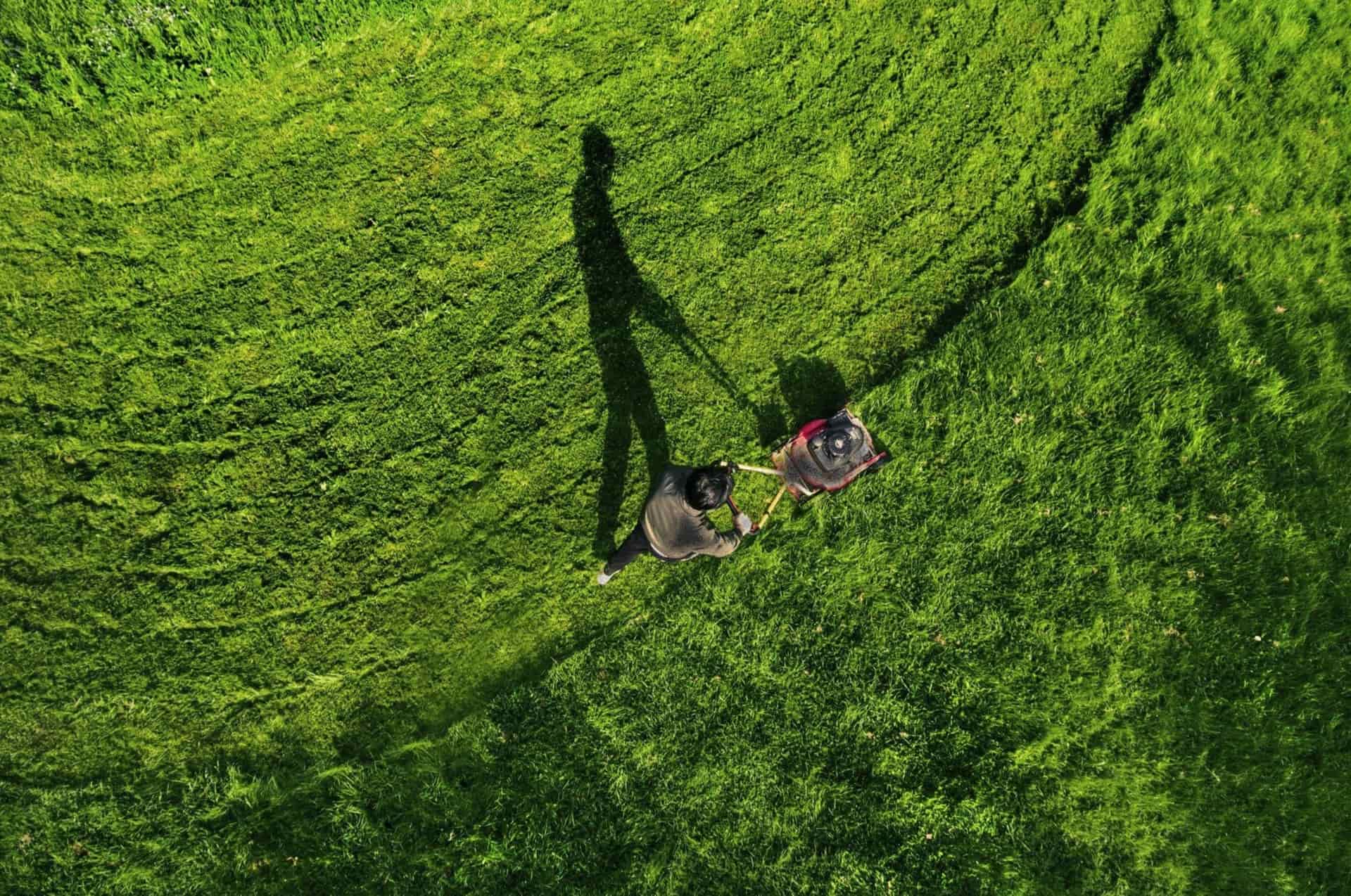
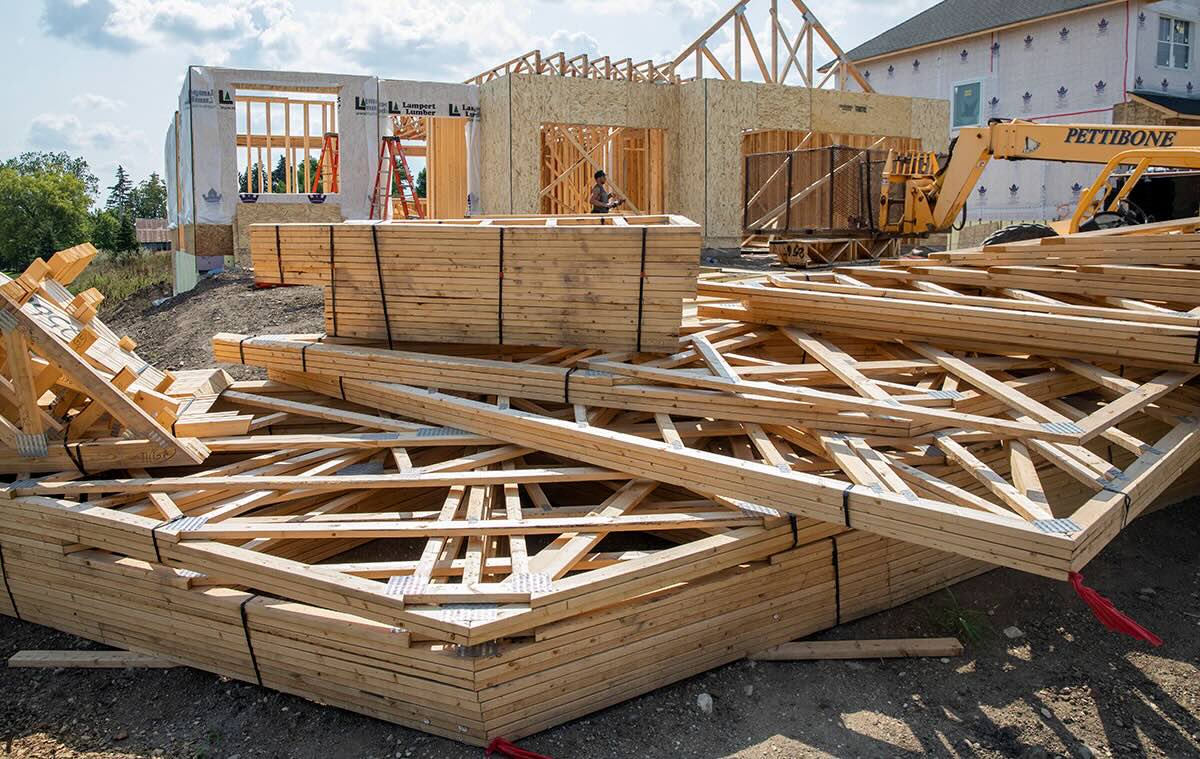


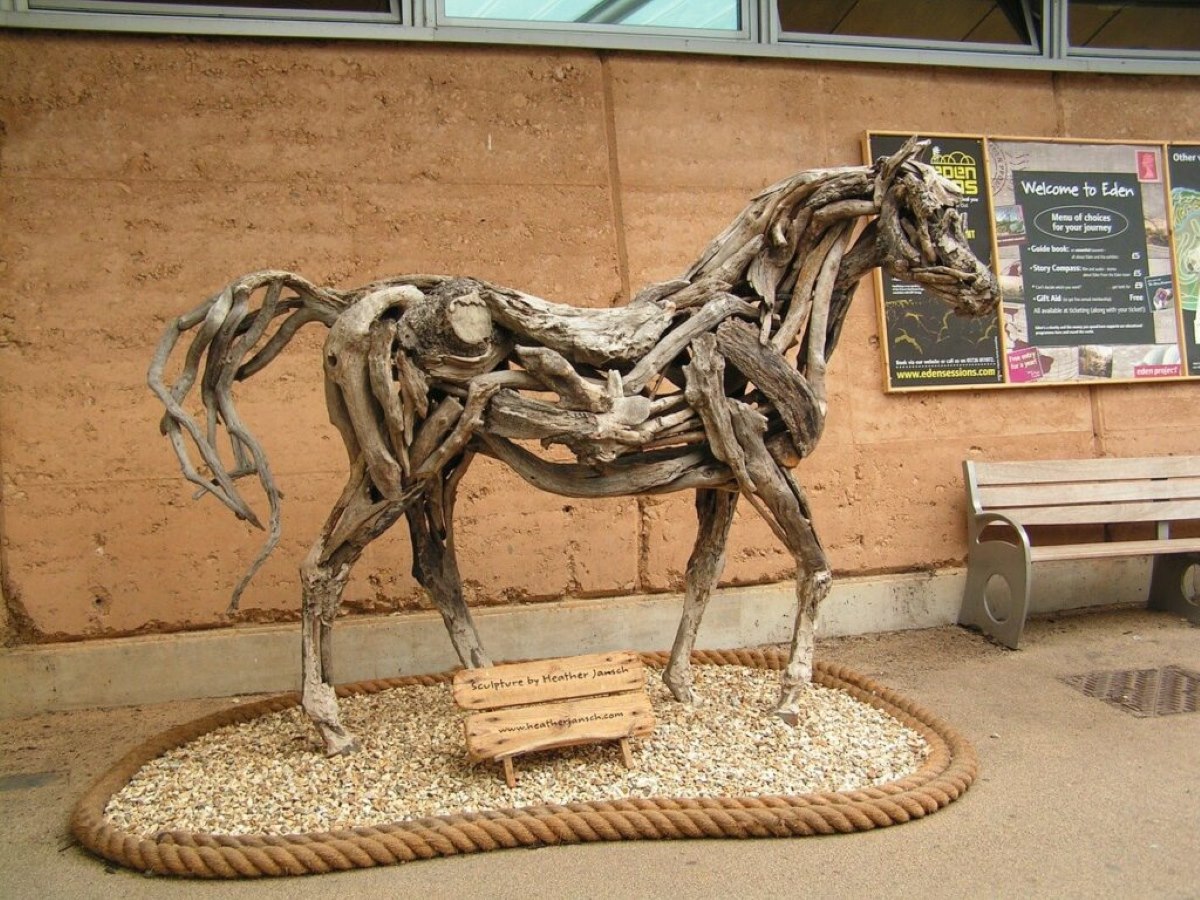


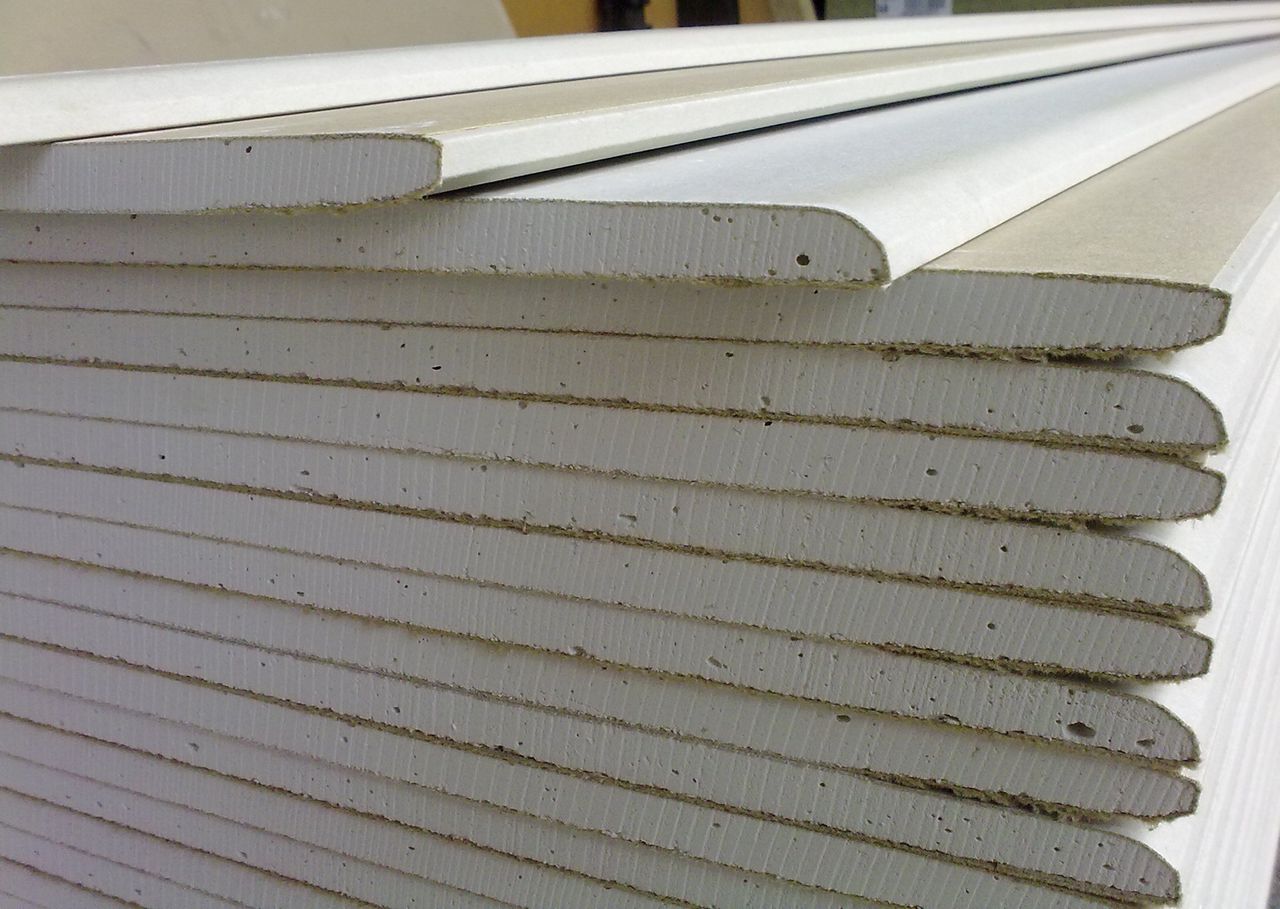
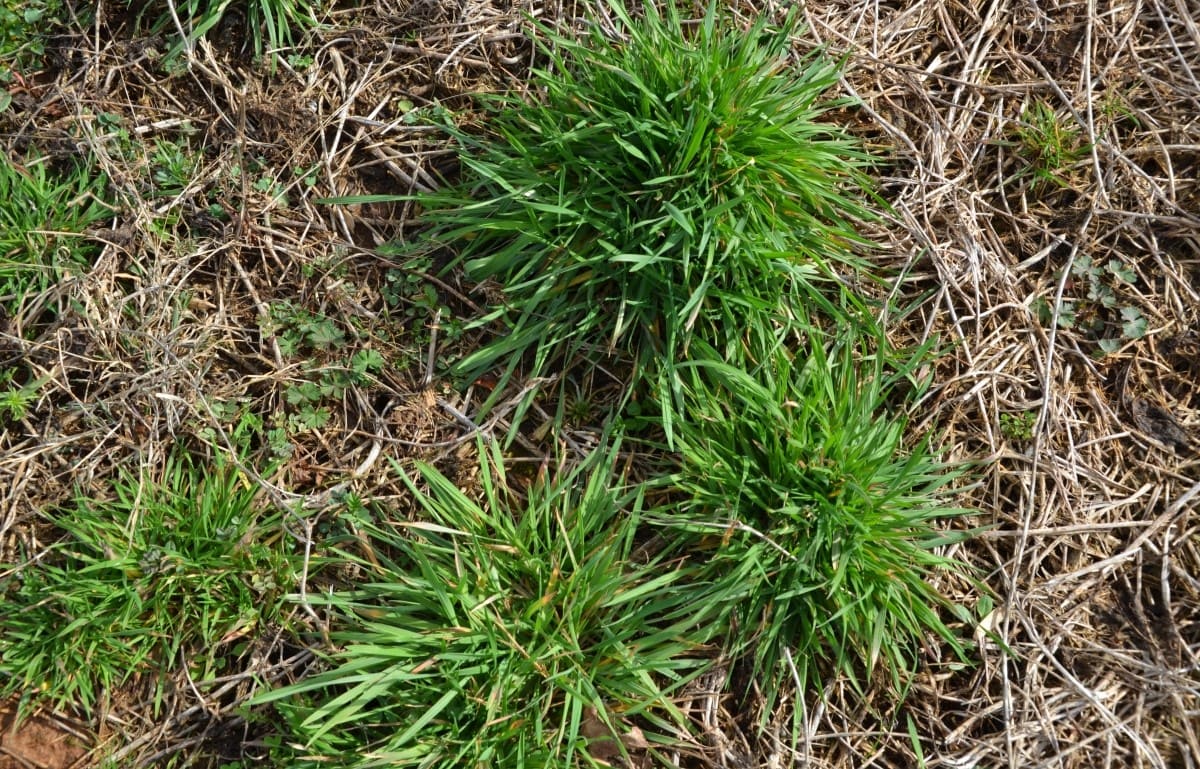
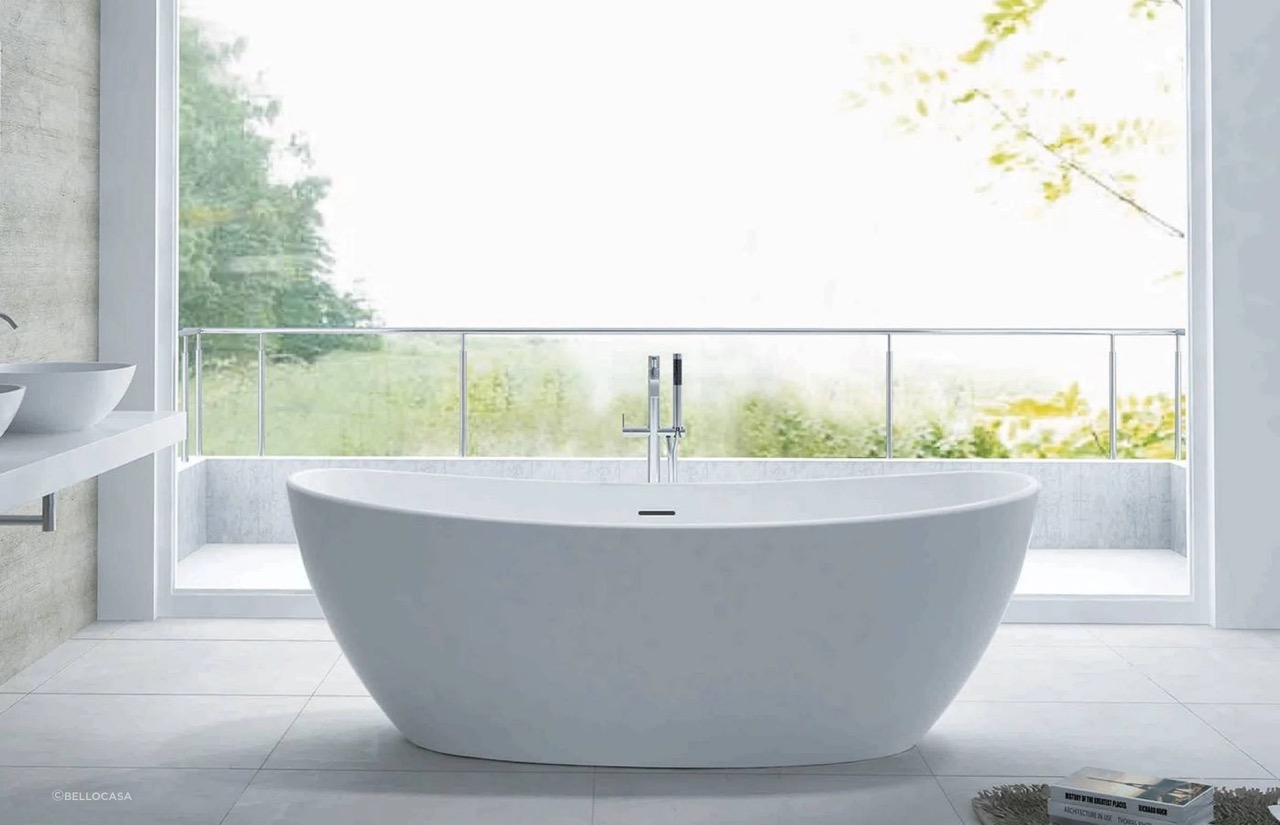
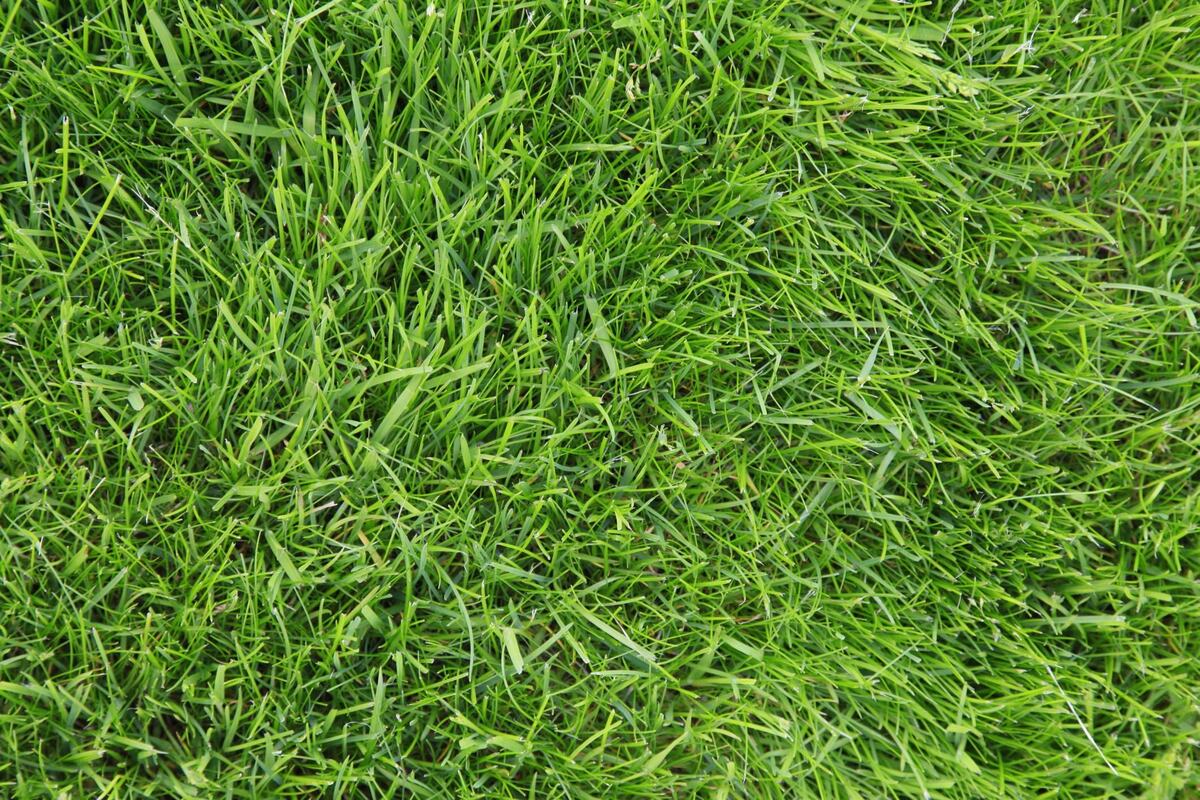
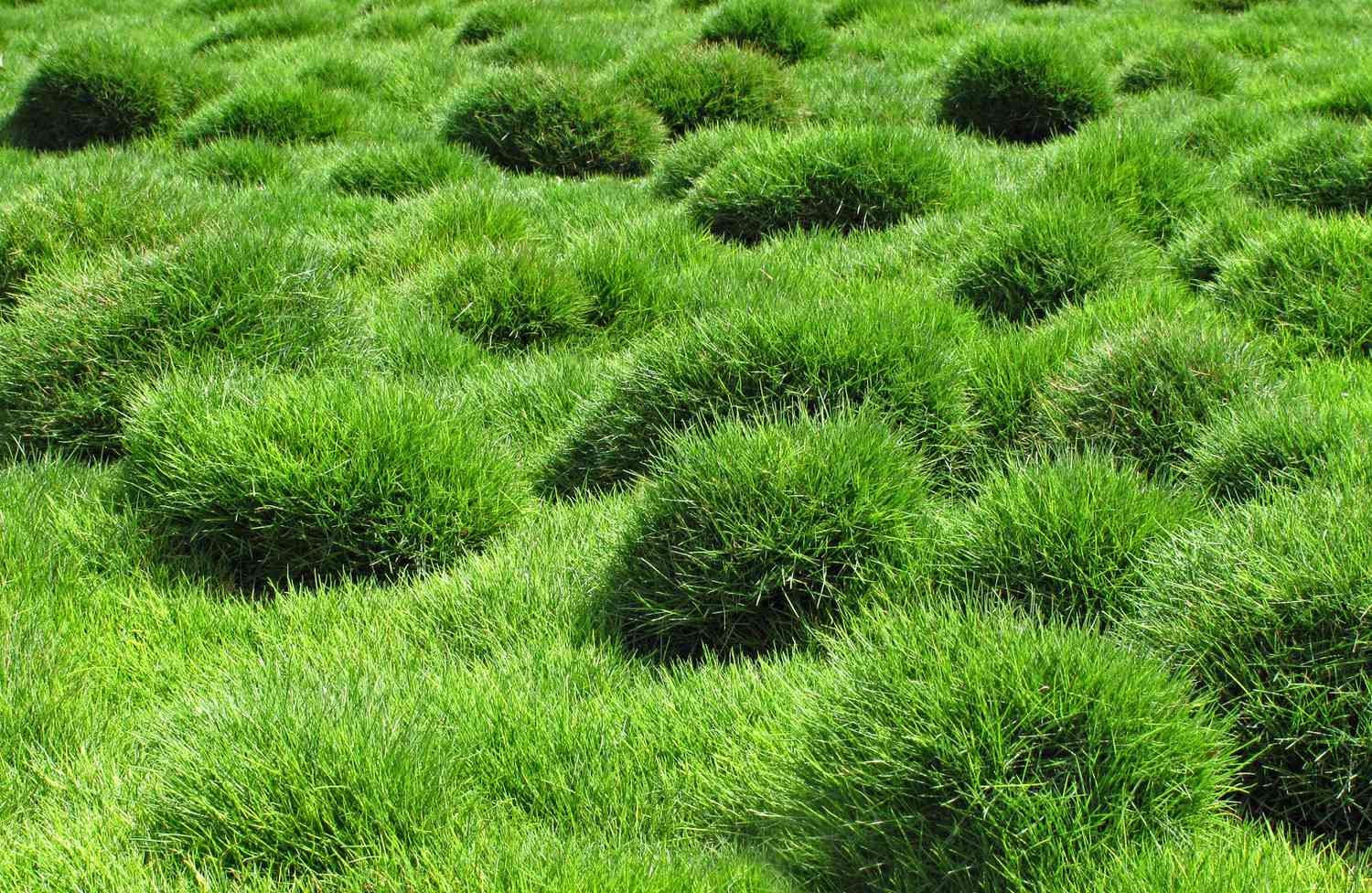

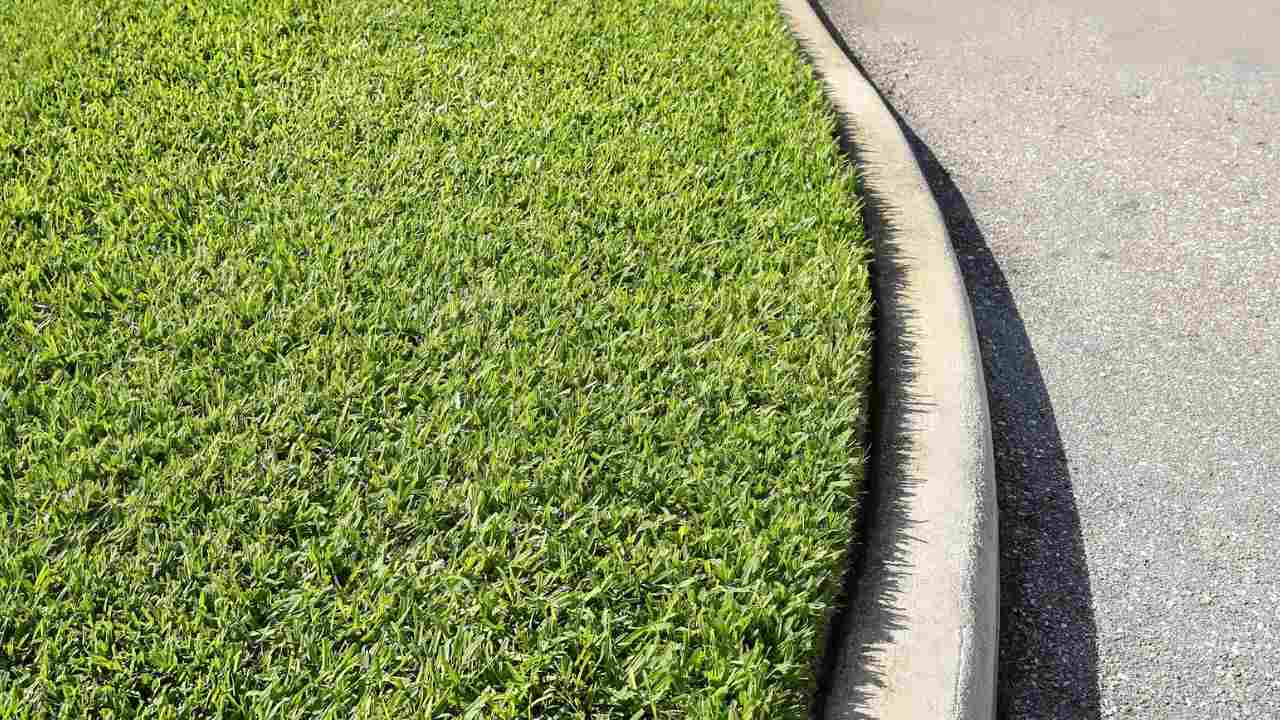

0 thoughts on “What Is The Most Common Type Of Yard Grass”